As the space race heats up with each passing day, let’s see together what is the RASAT Research Satellite, which offers more than expected and raises Turkey’s position in the space race, for what purpose it was produced and sent to space and whether it has completed its mission.
Elon Musk and Jeff BezosDuring the cold war period, which started with the end of the hot war period, years before the attempts of USA and Russia In time, other states were also involved in the space race between It wasn’t enough, with the world changing, private companies and billionaires got involved in this space race.
Elon Musk’s SpaceX Although Jeff Bezos’s company often preoccupies its agenda with successful and unsuccessful operations today, Blue Origin The space tourism company named is getting one step closer to popularizing space tourism with each passing day. Turkey to catch up with the space race Turkish Space AgencyIt moves with its mission. Well, before the establishment of the Turkish Space Agency TUBITAK SPACE developed by What is the RASAT Satellite, what are its tasks and uses, how was its development and launch into space, Let’s take a closer look at the details.
First of all, what is an observation satellite, what does it do?
Before moving on to the RASAT Research Satellite, let’s look at what an observation satellite is and what it does. Observation satellites, or ‘Earth observation satellites’ with their full name, are in orbit without being used in any way for military purposes, including all civilian uses that do not fall under the category of meteorology, cartography and espionage. world observation satellites used or designed for
It is the world’s first earth observation satellitelol, american made Landsat-1It was launched into space in 1972. Thanks to its detailed observation capability, Landsat-1 even discovered an uncharted island off the coast of Canada, and this island was named Landsat Island.
So what is the RASAT Research Satellite?
When we look at the meaning of the word, the word RASAT is derived from the Arabic root -rṣd, ‘Raṣad’, that is, ‘Gözleme, watchfulness’. The Arabic word ‘Raṣada’ is the infinitive of the verb ‘He observed’. The word “Rasat” is also in Turkish.watch, watch” It means.
Inspired by this word in its name, the RASAT Satellite or its full name RASAT Research SatelliteTurkey’s BILSAT It is the second micro-remote sensing satellite it has after the satellite. It was designed as an observation satellite in accordance with the meaning of its name. Located in Orenburg Oblast, Russia on August 17, 2011 From the Yasny launch base has been thrown. The name of the rocket carrying the RASAT Research Satellite launched from the Yasny launch base DNEPRis . It provides active service in at least 6 areas.
Features of RASAT Research Satellite:
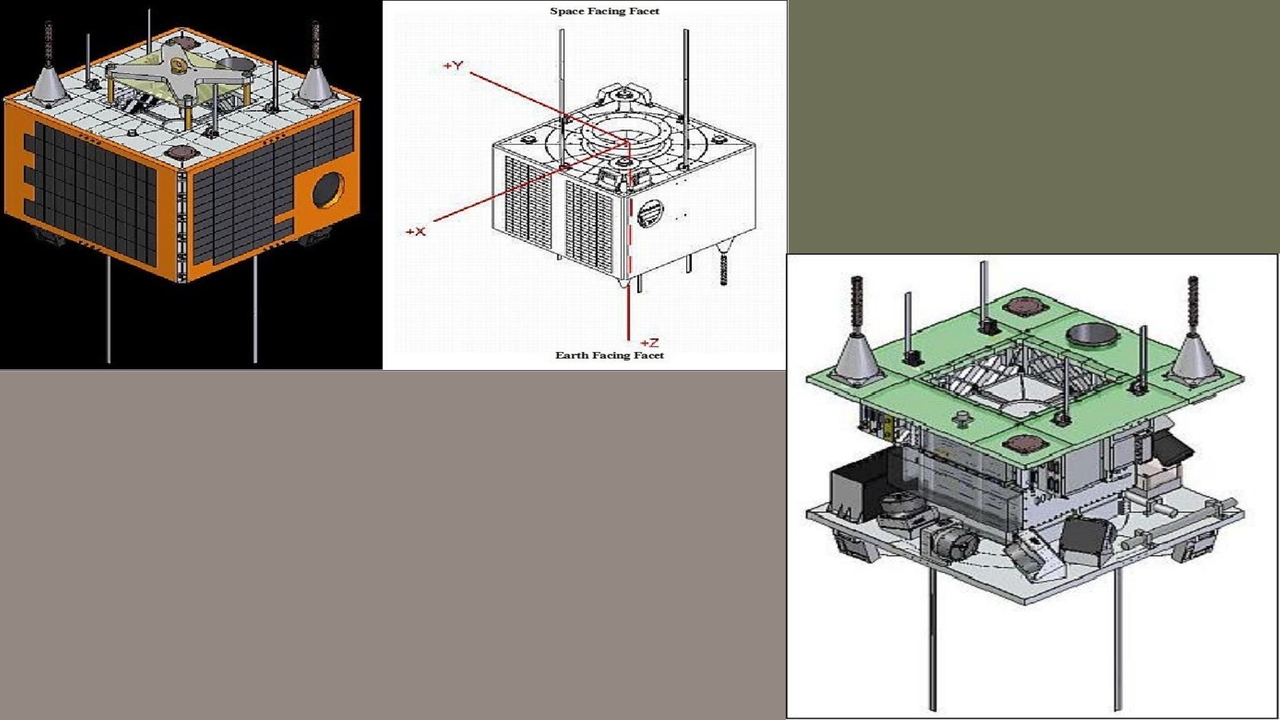
- Micro remote sensing technology
- Optical payload
- High resolution optical imaging system
- panchromatic band
- X-Band communication module
The Observatory Satellite contains micro remote sensing technology and the satellite has an optical payload. In other words, it has a high resolution optical imaging system. It is in a synchronous orbit with the Sun at an altitude of 685 km. It has a ground sampling distance of 7.5 m in the panchromatic band and 15 m in the red, blue and green bands. At the same time, BİLGE, the flight computer designed and developed by TÜBİTAK UZAY, real-time image compression hardware and X-band communication modules are also being tested.
Components, reconnaissance satellite launched into space in 2012 Gokturk-2It was also used in. TÜBİTAK UZAY, which has successfully fulfilled its mission of creating an infrastructure and information unit in the space field with RASAT, has taken this task even further with the Göktürk-2 satellite.
Launch of the RASAT Research Satellite:
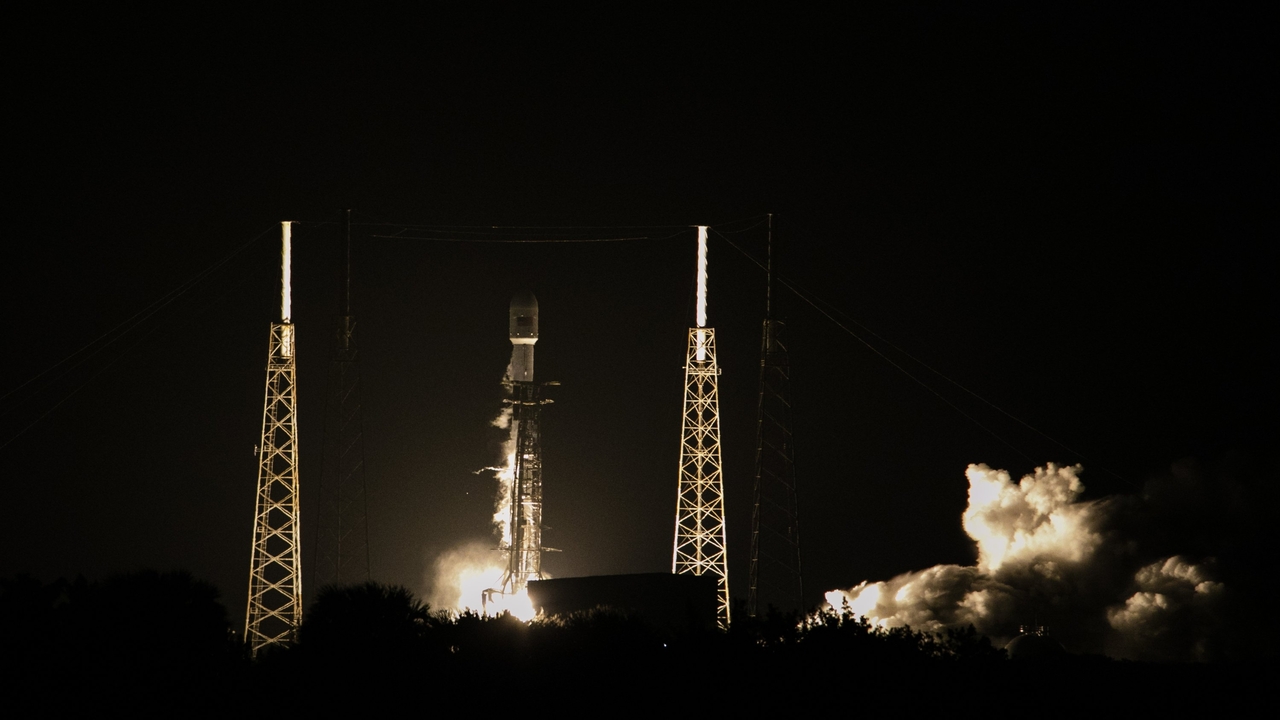
DPT Satellite designed by Turkish engineers in Turkey without consulting TÜBİTAK UZAY, with resources supported by the (State Planning Organization), 17 August 2011 He started his space journey with the DNEPR launch vehicle from Yasny Launch Base located in the Orenburg region of Russia on the border with Kazakhstan. 969 seconds The satellite, which was placed in orbit, started to give the first signals at 11.50 am Turkey time. On October 18, 2011, it was announced that the photos taken by the satellite were started to be downloaded from the ground station of TÜBİTAK.
For what purpose are the images taken from the RASAT Research Satellite used?
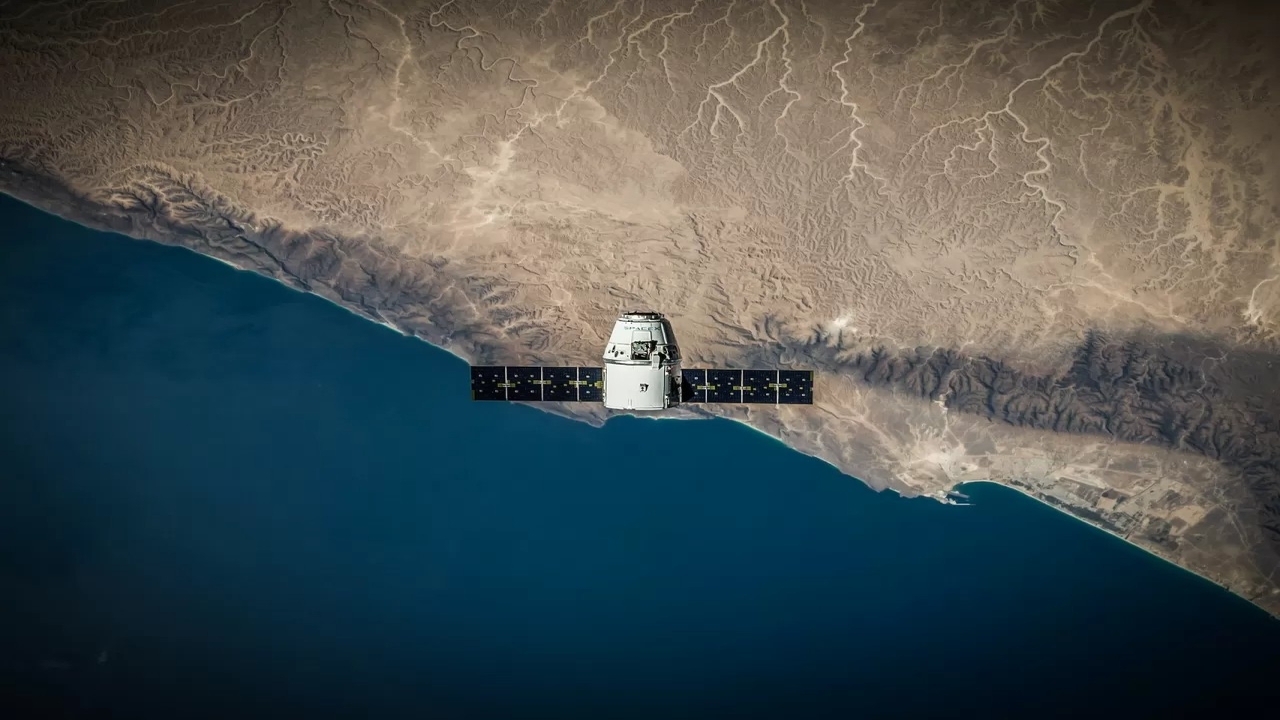
- Cartography
- disaster monitoring
- Agriculture
- environment
- Urbanism and planning
Considering the spatial resolution of the RASAT Satellite, it can be said that there are opportunities to benefit from these images in forestry studies. Considering its spectral resolution, the absence of the near infrared (NIR) band, which is frequently used in vegetation discrimination and identification studies, creates a major disadvantage. It is possible to use blue, green and red bands in some forestry works.
Among them Forest fire Scientists who work on the mapping of damage, classification of basic land cover types, mapping of losses in forest cover, detection of disasters such as floods, floods and landslides, non-detailed change analysis, other components of forest and ecosystem. to satellite images There are issues such as meeting their needs.
Has the RASAT Research Satellite completed its mission?
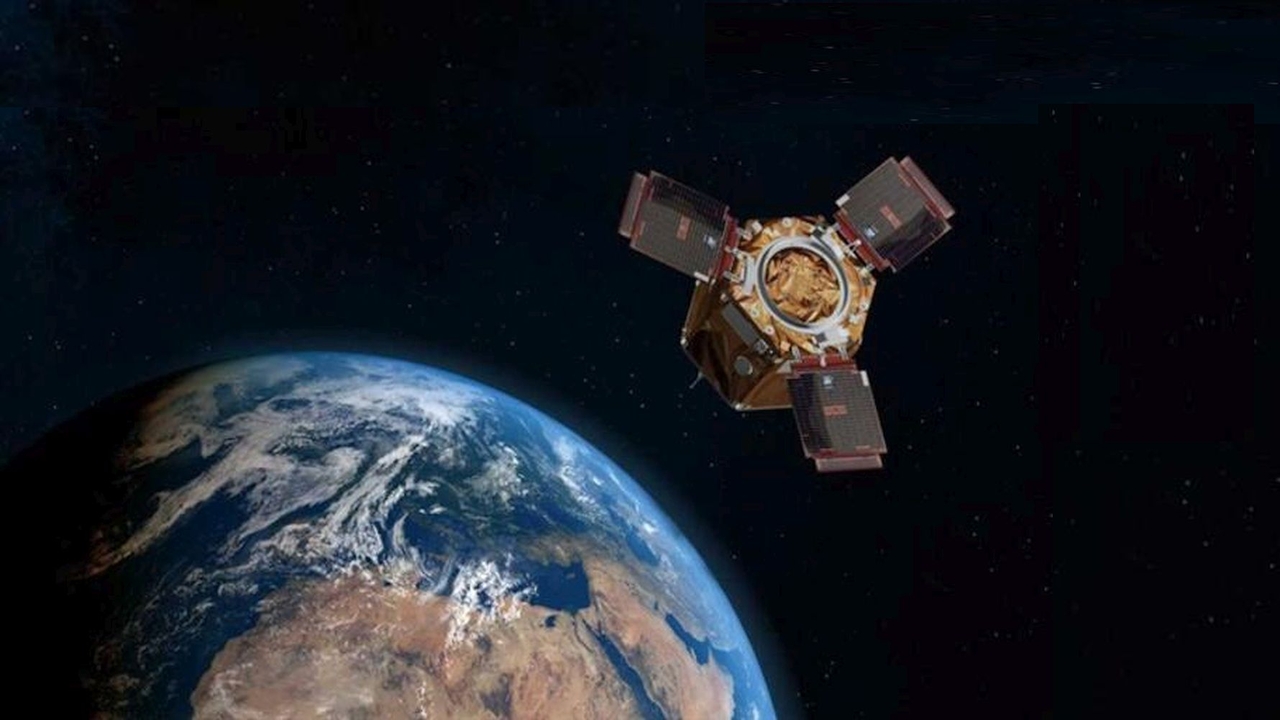
RASAT Research Satellite was developed by Turkish engineers with the latest modules of its time by TUBITAK UZAY. The satellite’s active duty period is exactly 3 years via satellite, although it is planned as more than 10 years despite passing active status.
Celebrating its 10th year in space, a model of the RASAT Satellite is also available. 15th International Defense Industry Fair(IDEF 2021) was exhibited to visitors. The model was met with great interest from those who visited the fair. TÜBİTAK UZAY officials gave information to the visitors about RASAT, Turkey’s first national observation satellite.
How to reach RASAT Research Satellite?
- Step #1: Let’s access the GEZGİN portal, which is the data transportation system of RASAT Research Satellite, from here.
- Step #2: located in the upper right e-government login/ new member Let’s click on.
- Step #3: After logging in with e-government, you will be directed to the registration portal. Let’s write the institution we work for and our mission here.
- Step #4: After completing the registration process TRAVELER You will be directed to the system. As a member you have full access and you will have access to the archive from the first images to the last images.
Other observation satellites of Turkey:
Göktürk-2: Our first satellite launched after RASAT Satellite
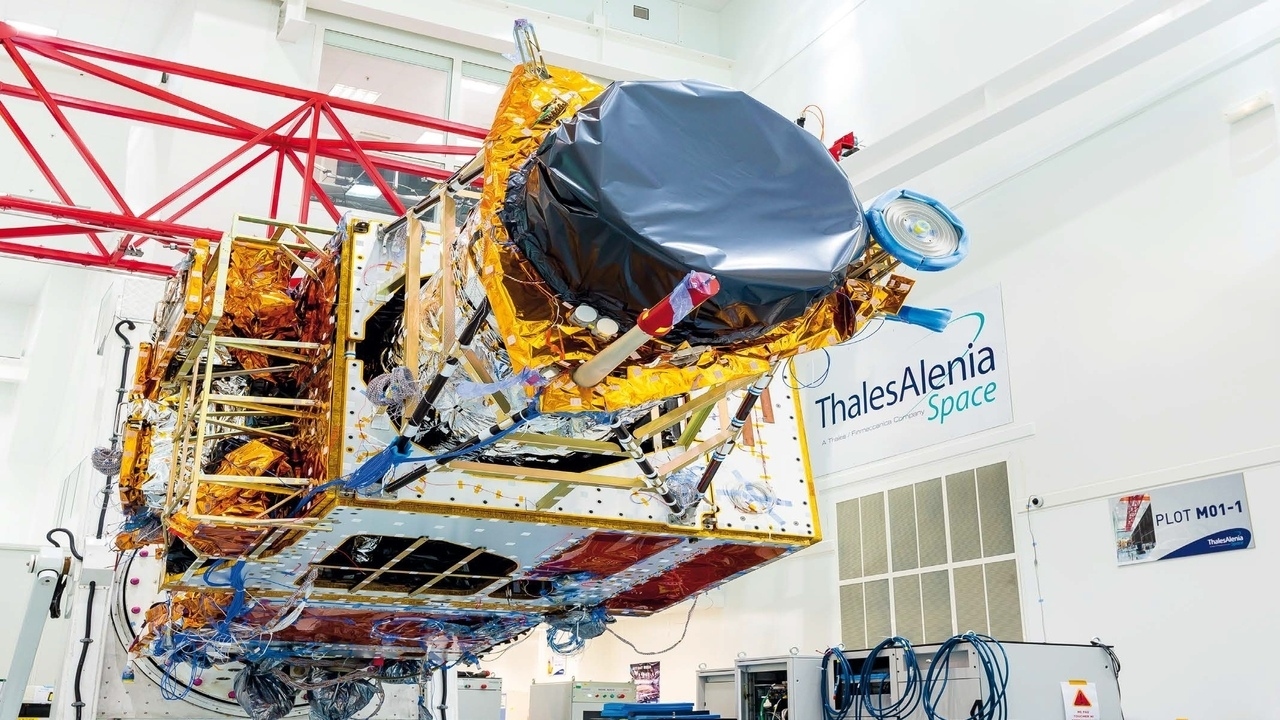
Turkey’s high-resolution domestic reconnaissance-observation satellite Gokturk-2 It was placed in mission orbit with the launch operation in 2012. Produced in partnership with TÜBİTAK Space and Turkish Aerospace Industries (TUSAŞ), Göktürk-2 From Jiuquan Launch Center sent into space.
Unlike the RASAT satellite, it can also be used for military purposes because it is not an earth observation satellite but a reconnaissance-observation satellite. Göktürk-2, which is operated by the Air Force Command and has a resolution of 2.5 meters, responds to the needs of Turkey in the fields of defense, environment, urbanism, agriculture and forestry. The domestic flight computer and software developed by TÜBİTAK Space are used on the satellite.
Gokturk-2, which is 7 years old with over 33 thousand tours in its mission orbit, has 3 times higher image resolution and 4 times higher mass than the Rasat satellite. The Göktürk-2 satellite, which weighs approximately 400 kilograms, has high maneuverability to offer stereo imaging opportunities that can be used in the preparation of 3D maps of the earth, if desired.
Göktürk-1: High resolution satellite images
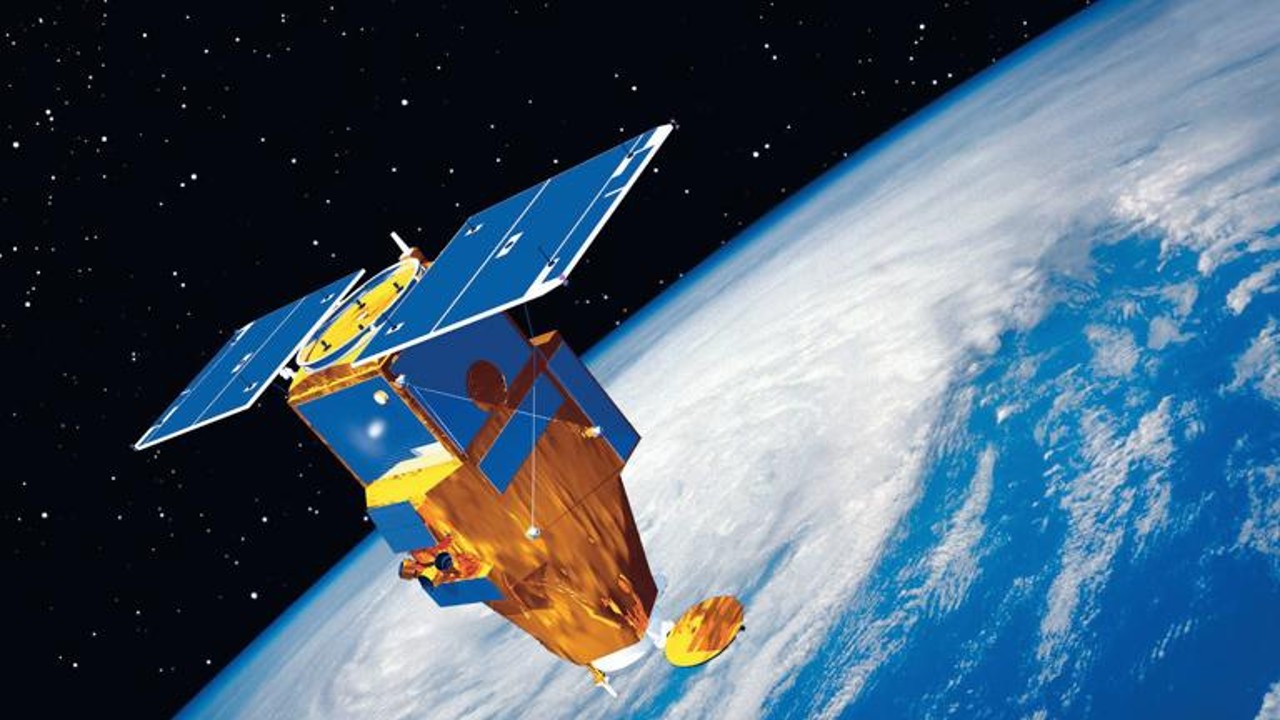
Gokturk-1 of the Turkish Armed Forces (TSK) to target intelligence Göktürk-1, which meets its needs for high resolution satellite images from all over the world without geographical restrictions, was launched in 2016 in French Guiana. From the Koruou Launch Center sent.
Gokturk-1, As a project of the Air Force CommandTUSAŞ, ASELSAN, TÜBİTAK, National Electronics and Cryptology Research Institute, with the participation of Turkish partners such as ROKETSAN, TR TECNOLOGY and under the responsibility of Thales Alenia Space.
Göktürk-1, which has a mass of approximately 1,70 kilograms without fuel, works simultaneously with the sun with its high resolution optical camera in orbit. The lifespan of the 0.50 meter resolution satellite, which is designed for reconnaissance anywhere in the world, is predicted to be 7 years.
